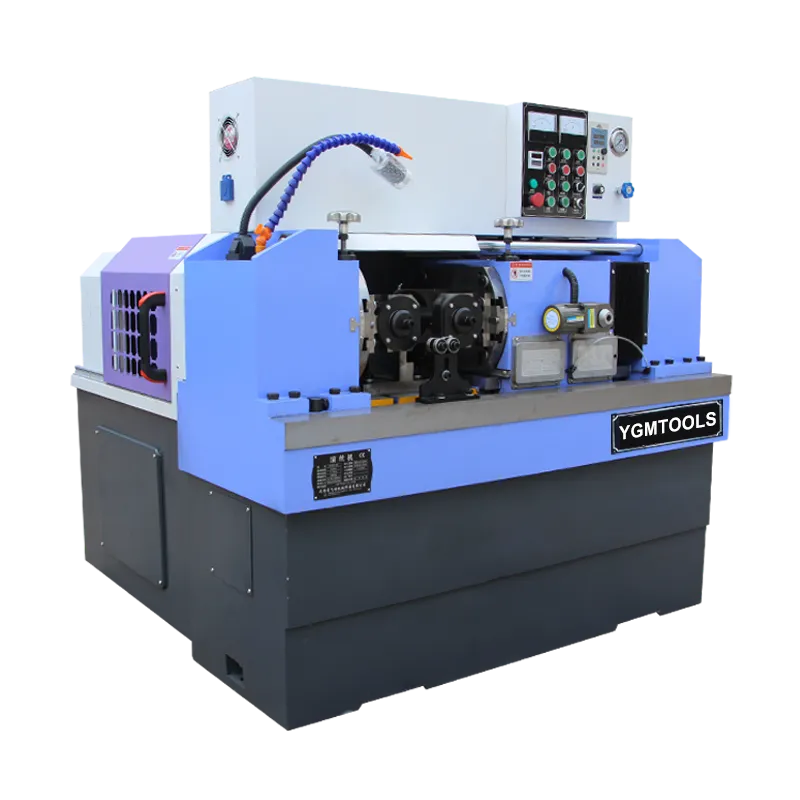
-
 Afrikaans
Afrikaans -
 Albanian
Albanian -
 Amharic
Amharic -
 Arabic
Arabic -
 Armenian
Armenian -
 Azerbaijani
Azerbaijani -
 Basque
Basque -
 Belarusian
Belarusian -
 Bengali
Bengali -
 Bosnian
Bosnian -
 Bulgarian
Bulgarian -
 Catalan
Catalan -
 Cebuano
Cebuano -
 Corsican
Corsican -
 Croatian
Croatian -
 Czech
Czech -
 Danish
Danish -
 Dutch
Dutch -
 English
English -
 Esperanto
Esperanto -
 Estonian
Estonian -
 Finnish
Finnish -
 French
French -
 Frisian
Frisian -
 Galician
Galician -
 Georgian
Georgian -
 German
German -
 Greek
Greek -
 Gujarati
Gujarati -
 Haitian Creole
Haitian Creole -
 hausa
hausa -
 hawaiian
hawaiian -
 Hebrew
Hebrew -
 Hindi
Hindi -
 Miao
Miao -
 Hungarian
Hungarian -
 Icelandic
Icelandic -
 igbo
igbo -
 Indonesian
Indonesian -
 irish
irish -
 Italian
Italian -
 Japanese
Japanese -
 Javanese
Javanese -
 Kannada
Kannada -
 kazakh
kazakh -
 Khmer
Khmer -
 Rwandese
Rwandese -
 Korean
Korean -
 Kurdish
Kurdish -
 Kyrgyz
Kyrgyz -
 Lao
Lao -
 Latin
Latin -
 Latvian
Latvian -
 Lithuanian
Lithuanian -
 Luxembourgish
Luxembourgish -
 Macedonian
Macedonian -
 Malgashi
Malgashi -
 Malay
Malay -
 Malayalam
Malayalam -
 Maltese
Maltese -
 Maori
Maori -
 Marathi
Marathi -
 Mongolian
Mongolian -
 Myanmar
Myanmar -
 Nepali
Nepali -
 Norwegian
Norwegian -
 Norwegian
Norwegian -
 Occitan
Occitan -
 Pashto
Pashto -
 Persian
Persian -
 Polish
Polish -
 Portuguese
Portuguese -
 Punjabi
Punjabi -
 Romanian
Romanian -
 Russian
Russian -
 Samoan
Samoan -
 Scottish Gaelic
Scottish Gaelic -
 Serbian
Serbian -
 Sesotho
Sesotho -
 Shona
Shona -
 Sindhi
Sindhi -
 Sinhala
Sinhala -
 Slovak
Slovak -
 Slovenian
Slovenian -
 Somali
Somali -
 Spanish
Spanish -
 Sundanese
Sundanese -
 Swahili
Swahili -
 Swedish
Swedish -
 Tagalog
Tagalog -
 Tajik
Tajik -
 Tamil
Tamil -
 Tatar
Tatar -
 Telugu
Telugu -
 Thai
Thai -
 Turkish
Turkish -
 Turkmen
Turkmen -
 Ukrainian
Ukrainian -
 Urdu
Urdu -
 Uighur
Uighur -
 Uzbek
Uzbek -
 Vietnamese
Vietnamese -
 Welsh
Welsh -
 Bantu
Bantu -
 Yiddish
Yiddish -
 Yoruba
Yoruba -
 Zulu
Zulu
Common Varieties of Thread Rolling Machines and Their Applications
Famous Types of Thread Rolling Machines
Thread rolling machines play a crucial role in the manufacturing of threaded components across various industries, including automotive, aerospace, and construction. These machines utilize a process known as thread rolling, which creates threads by deforming the material rather than cutting it, ensuring a superior finish and increased strength. Here, we will explore some of the most famous types of thread rolling machines that have become staples in manufacturing settings.
1. Flat Die Thread Rolling Machines
Flat die thread rolling machines are among the most commonly used types in the industry. They typically operate by placing the workpiece between two flat dies that have the desired thread profile. As the machine activates, the dies roll against the workpiece, forming the thread. This method is particularly effective for producing external threads and can handle a wide variety of materials and diameters. Flat die machines are known for their simplicity and ease of operation, making them a favorite among smaller workshops and high-volume production plants.
2. Planetary Thread Rolling Machines
Planetary thread rolling machines take a more complex approach by employing multiple dies that rotate around the workpiece. This design allows for high production rates and the ability to create intricate thread profiles. The planetary mechanism reduces the load on individual dies, extending their lifespan and improving overall efficiency. These machines are particularly favored in applications that require precision and uniformity, such as in the production of fasteners and precision components.
famous types of thread rolling machine

3. Radial Thread Rolling Machines
Radial thread rolling machines operate on a slightly different principle, using a radial motion to form threads. The workpiece is held stationary, while the dies move in a radial pattern, pushing the material outward to create threads. This type of machine is particularly suitable for shorter workpieces and is often used to produce high-strength fasteners. The radial design allows for a firm grip on the material, reducing the risk of slippage during the rolling process.
4. CNC Thread Rolling Machines
With the rise of automation in manufacturing, CNC (Computer Numerical Control) thread rolling machines have gained popularity. These machines offer the advantage of programmable settings, allowing for precise control over thread dimensions and profiles. CNC machines are capable of producing complex threads and can be easily reconfigured for different jobs, making them ideal for manufacturers who require flexibility and precision. The integration of CNC technology dramatically increases productivity and efficiency, allowing for shorter lead times and reduced waste.
Conclusion
The selection of a thread rolling machine depends on various factors, including production volume, material type, and desired thread specifications. Each type of thread rolling machine, from flat die to CNC, offers unique advantages tailored to specific manufacturing needs. As industries continue to evolve, the importance of efficient and precise thread production remains paramount, securing the place of these machines in modern manufacturing.
